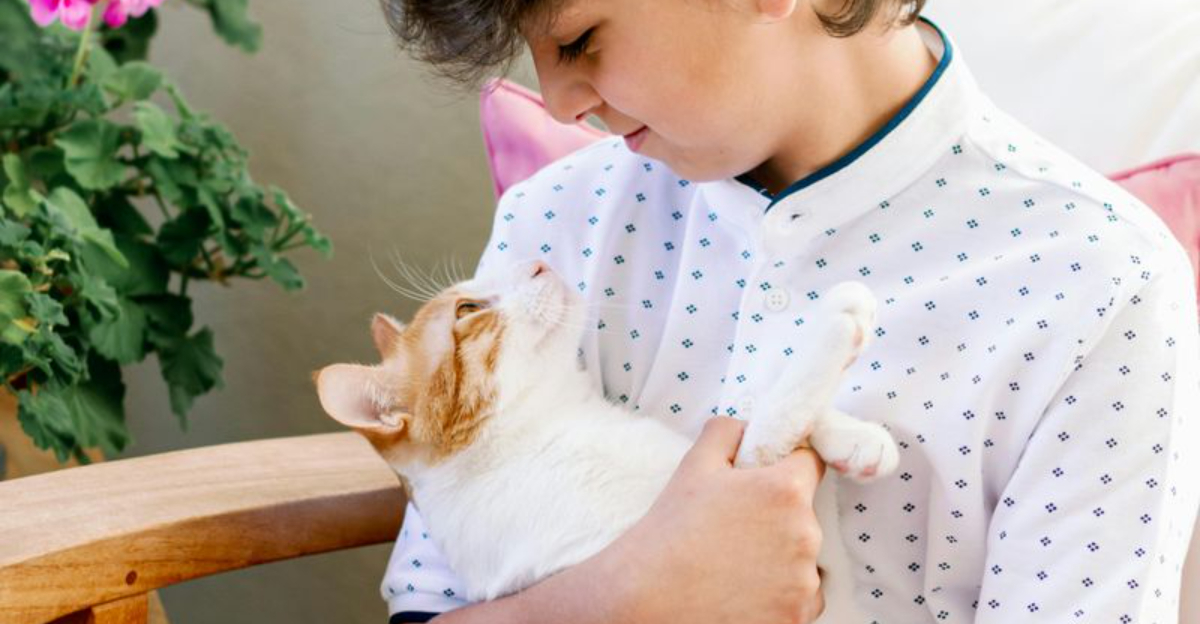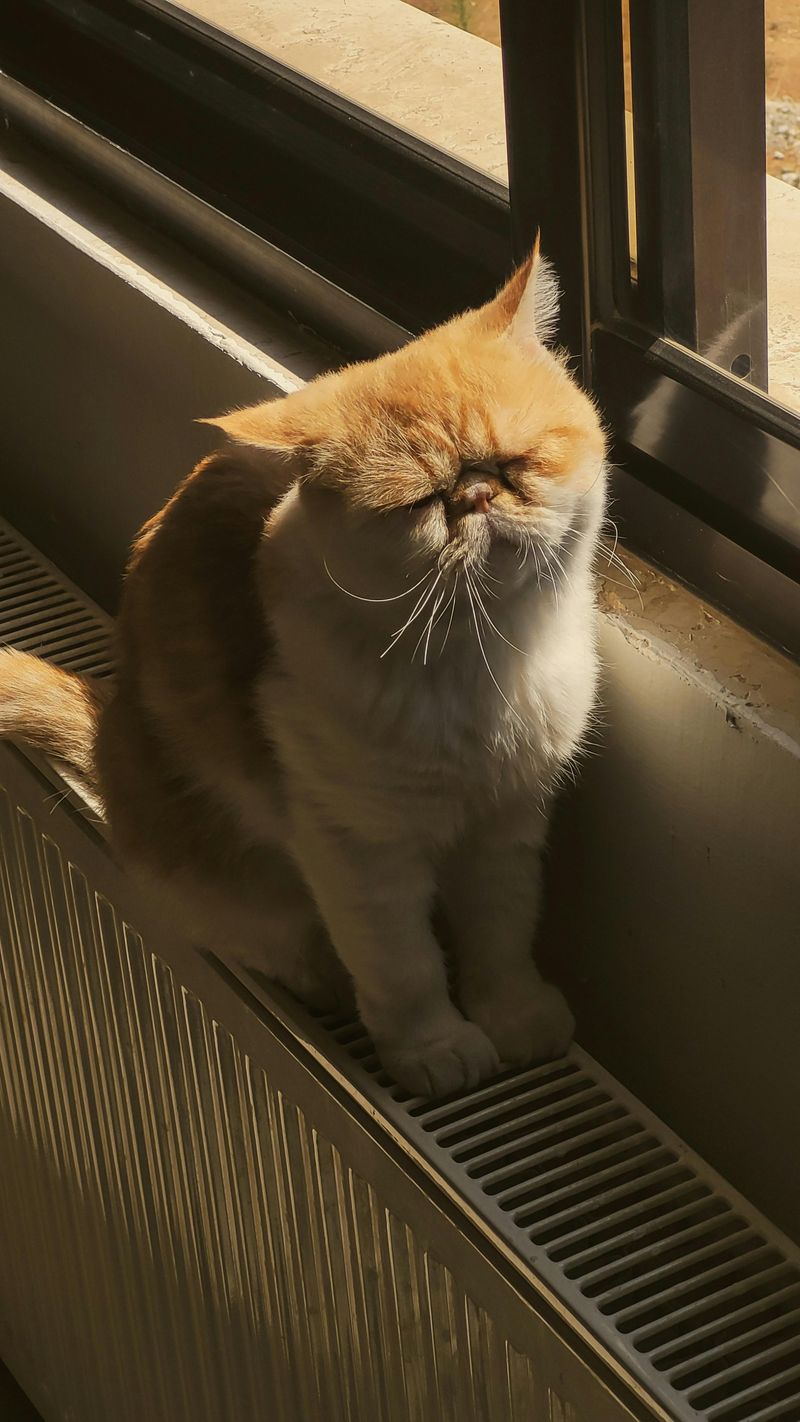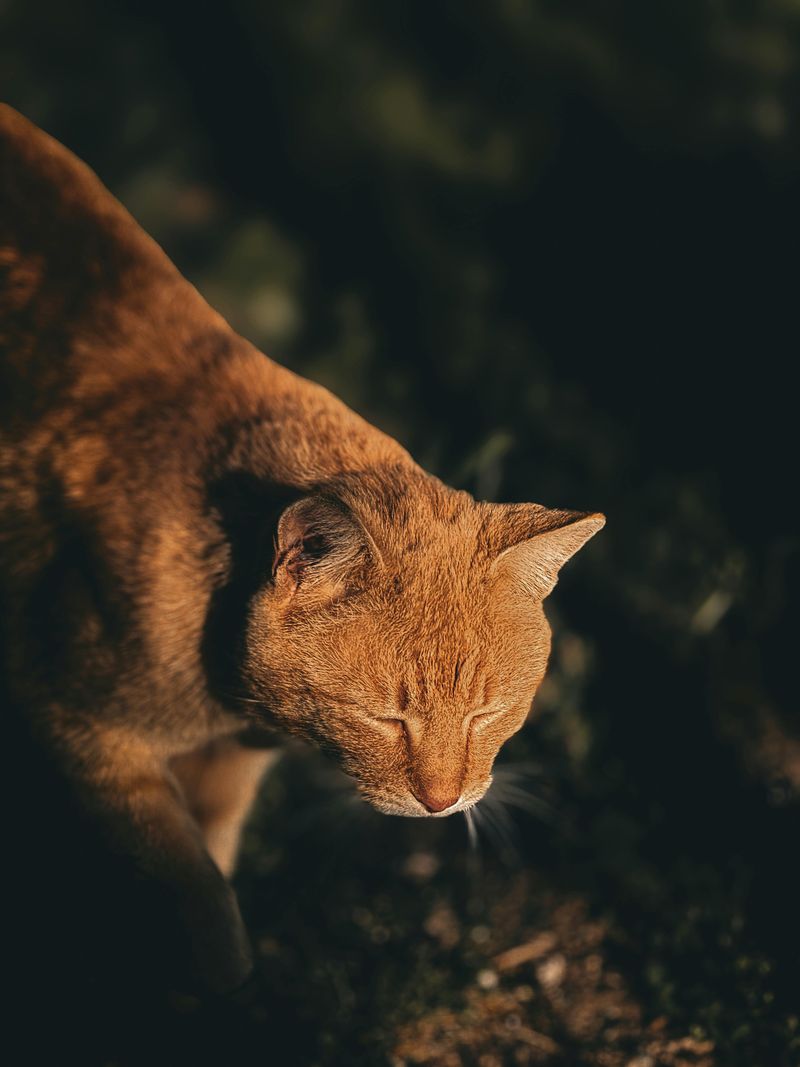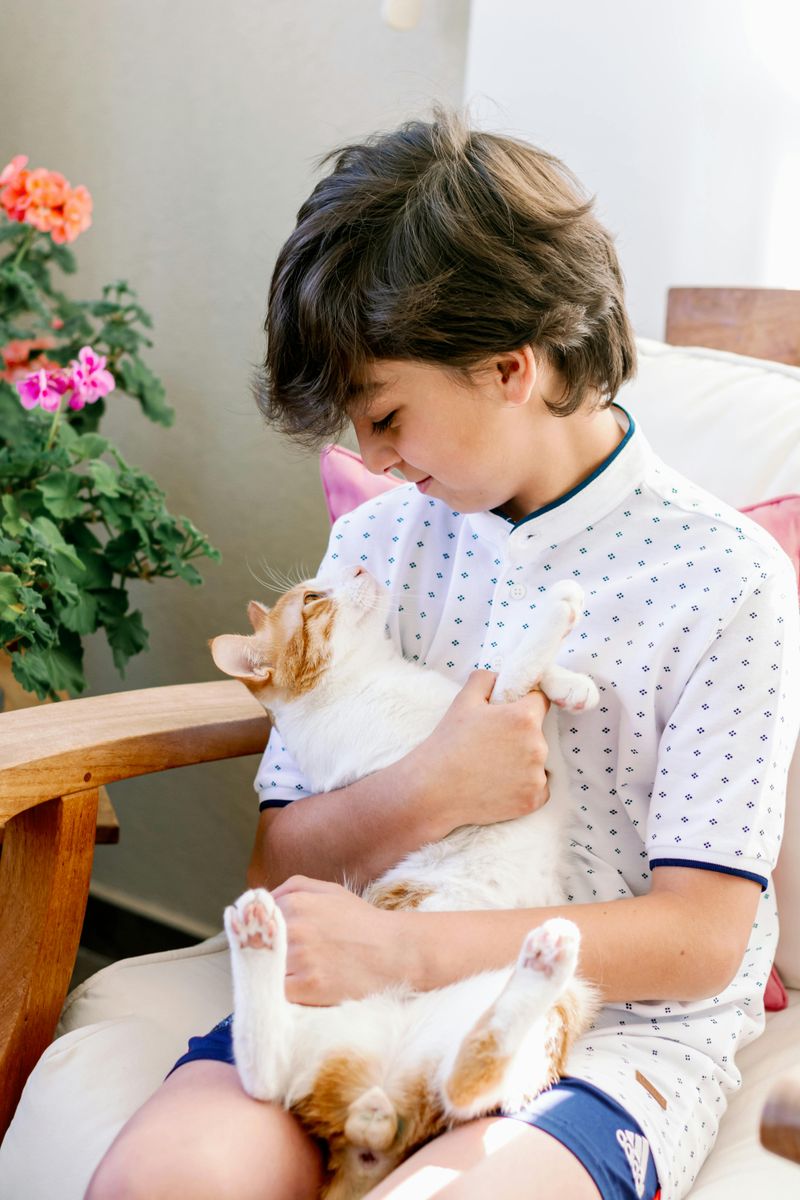📖 Table of Content:
- 1. Cats Developed a “Human-Directed” Meow
- 2. They Mirror Our Emotions and Behaviors
- 3. Purring as Multifunctional Language
- 4. Eye Contact and “Slow Blinks”
- 5. Tail Language Is Subtly Sophisticated
- 6. Touch-Based Affection That’s Selective
- 7. Vocal Adaptability to Human Response
- 8. Territorial Signals Tailored to Co-Habitation
- 9. They Read Human Body Language Expertly
When it comes to the classic debate between cats and dogs, much of the focus tends to be on loyalty, obedience, or friendliness. Dogs are widely viewed as the more expressive and emotionally accessible companions, often responding enthusiastically to commands and cuddles alike. However, beneath the surface of feline aloofness lies a complex, subtle, and remarkably human-centered communication system that many cat owners experience daily—sometimes without even realizing it.
Cats, unlike dogs, were never bred to follow orders or please humans in working roles. Instead, their domestication journey was largely self-initiated; they chose to live alongside humans, adapting their behaviors to coexist and even manipulate us in ways that go far beyond tail wags or barks. Over time, cats developed unique communication strategies tailored not just for survival, but for nurturing intricate relationships with the people in their lives.
This often-overlooked form of interaction may be quieter, less demonstrative, and harder to decode at first glance, but it may also be more attuned to human emotions, social signals, and habits. From the way cats vocalize specifically for our ears to the way they blink slowly to show trust, the evidence continues to mount: cats might just be better at talking to us than dogs. Below are nine fascinating reasons why.
1. Cats Developed a “Human-Directed” Meow
Unlike their wild ancestors, domestic cats have evolved to use vocalizations almost exclusively with humans rather than other cats. While dogs bark in various situations regardless of who’s listening, cats meow to get a human’s attention and often tailor their tones depending on who they’re communicating with. Research has shown that cat owners can often identify what their pet wants based solely on the sound of the meow, whether it’s food, play, or affection. These feline vocalizations are nuanced and can vary in pitch, duration, and volume, forming a surprisingly rich vocabulary. Even more intriguing is that feral cats meow significantly less, reinforcing the idea that this behavior is directed at humans. Essentially, cats have developed a vocal “language” that they reserve just for us. This kind of targeted communication makes them unique among domesticated animals.
2. They Mirror Our Emotions and Behaviors
Responding to human emotions comes naturally to many cats, especially those who have formed close bonds with their owners. A cat might curl up beside someone when they’re feeling down or become more playful when sensing a lighter mood. While dogs are known for their enthusiasm, cats often demonstrate a quieter, more attuned emotional mirroring that reflects deep sensitivity. They are highly observant and may adjust their energy levels, vocalizations, or presence based on subtle shifts in their environment or in their human’s behavior. Some cats even show signs of stress or anxiety when their humans are overwhelmed or going through major changes. This empathetic alignment indicates a sophisticated level of awareness and connection. Rather than responding in obvious ways, cats often express understanding through presence, positioning, and silence.
3. Purring as Multifunctional Language
Far from being a simple signal of contentment, a cat’s purr can carry a variety of meanings depending on context. Studies have shown that cats will purr when they are injured or frightened, suggesting a dual role as both self-soothing and communicative. When used around humans, the frequency of the purr can even resemble a baby’s cry, triggering a nurturing response. This is especially evident in what researchers call the “solicitation purr,” a sound many cats use when seeking food or attention. It’s a remarkable example of how cats have shaped their communication specifically to influence human behavior. Beyond the science, any cat owner knows how compelling and comforting a purr can be. Through it, cats convey far more than happiness—they signal trust, need, and emotional presence.
4. Eye Contact and “Slow Blinks”
Initiating eye contact with a cat is a delicate act, one that’s steeped in subtlety and significance. A slow blink from a cat is considered one of the highest forms of feline affection, akin to saying “I love you” in cat language. Researchers and behaviorists recommend returning the gesture, as cats will often interpret it as a sign of trust and reciprocation. Unlike dogs, who might stare openly, cats use eye behavior to test boundaries, show affection, or signal relaxation. The lack of aggression in the slow blink fosters calm, non-threatening communication between species. Interestingly, cats also use this tactic with other cats they trust, but it’s most frequently observed with humans. It’s a silent conversation based on mutual respect and safety.
5. Tail Language Is Subtly Sophisticated
Signaling through tail movements is one of the ways cats silently express themselves throughout the day. A tail held high often signals happiness or a welcoming attitude, especially when paired with a gentle curl at the tip. Quick flicks or swishing tails can indicate irritation or focus, giving humans immediate feedback on their cat’s mood. Unlike dogs, whose wagging tails often signal universal excitement, cat tail language is layered and often contradictory unless closely interpreted. The tail can also serve as a moving barometer of a cat’s comfort level in its surroundings. Observant owners quickly learn to read these cues to avoid unwanted conflict or overstimulation. This silent messaging system is remarkably nuanced and individualized.
6. Touch-Based Affection That’s Selective
Choosing when and how to initiate physical contact, cats are discerning with whom they share affection. Head-butting, rubbing, and kneading are all expressions of bonding and trust, rooted in social behaviors from kittenhood. Unlike dogs who may enthusiastically greet anyone, cats tend to reserve these gestures for those they are genuinely attached to. These tactile actions are also a way of marking their territory through scent, creating a shared olfactory space with their chosen humans. What might seem like a casual nuzzle is actually a deliberate act of connection and ownership. This selectivity makes the moments of physical closeness even more meaningful. Rather than broadcasting affection, cats prefer to personalize it.
7. Vocal Adaptability to Human Response
Altering their vocal habits based on human feedback is one of the more intelligent aspects of cat behavior. When a particular chirp or trill elicits a positive reaction—be it food, petting, or play—the cat may repeat or emphasize that sound in future interactions. Over time, this creates a feedback loop where the cat fine-tunes its communication to better influence its environment. Unlike dogs, who often rely on barks or whines regardless of context, cats seem to tailor their “voice” based on past successes. This trial-and-error learning shows a capacity for flexible, outcome-based communication. It demonstrates how cats perceive and adapt to the human world not just physically, but socially and emotionally. Each vocalization becomes part of an ongoing conversation.
8. Territorial Signals Tailored to Co-Habitation
Marking territory isn’t just about dominance for cats—it’s about safety, boundaries, and harmony. Through scent glands in their cheeks, paws, and even flanks, cats leave invisible signals on furniture, doorways, and people they consider “theirs.” This isn’t an act of defiance, but a way of structuring shared space within a home. Unlike dogs who often defer to owners or seek hierarchy, cats prefer a parallel arrangement where space and routine are respected. This form of silent communication becomes especially crucial in multi-pet households or changing environments. By interpreting these cues, humans can reduce stress and avoid conflict in the home. In this way, cats expect and even teach their humans to pick up on non-verbal messaging.
9. They Read Human Body Language Expertly
Observing human habits with the patience of a shadow, cats often learn our routines and moods with eerie precision. A shift in walking pace, a change in voice, or a new daily pattern can trigger an immediate reaction from a perceptive cat. While dogs often wait for commands, cats anticipate human behavior by studying patterns and context. Their observational skills allow them to quietly position themselves for attention, food, or solitude, depending on what the situation calls for. This kind of passive learning reflects a more subtle form of communication—one that doesn’t require barking or begging. It’s an elegant and often underestimated ability that gives cats a unique edge. The result is a pet that seems to always know where you are, what you’re doing, and what you might want next.









